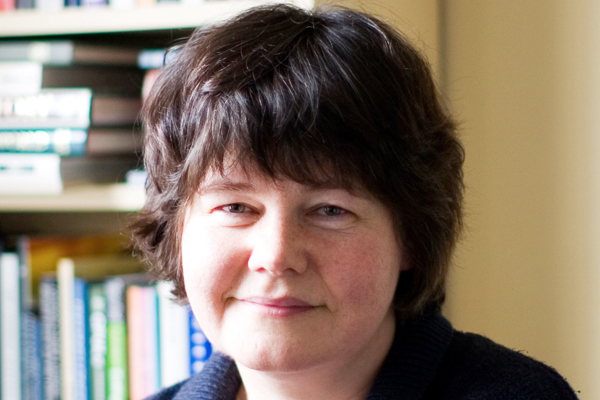
R.Singh
Architect and author Carolyn Steel tells about the origin of the city and the crucial part agriculture and the market played in it. Food has always had a central place in urban life, but many townsmen have no idea of how food is produced, what crops look like, how many kilometres it takes to get a piece of fruit on your plate, or how much food is wasted. And even though we now have access to an overload of food, until recently a privilege for a small elite only, Steel needles the myth of ‘cheap food’, which in here eyes doesn’t exist. ‘If we truly value food, what would the world look like?’
Since graduating fro the university of Cambridge, Carolyn Steel combines an architecture practice with lecturing and researching the everyday urban life. She leads workgroups Urban Development at the London School of Economics, the London Metropolitan University and the university of Cambridge, where here college series Food and the City is a part of the permanent curriculum. She also works as non-executive director at Cullum and Nightingale architects, was a speaker at tedGlobal and hosted the BBC television show One Foot in the Past. She writes for various publications on food and the city, now focusing mostly on the further development of her sitopia concept: a city model in which food supply – what else – play a major part.
After her lecture, Steel talks with Dirk Holemans, editor of the book People make the city, a collection of essays on how the city can grow and become more solidary and ecological at the same time.
This lecture will be held in English.



